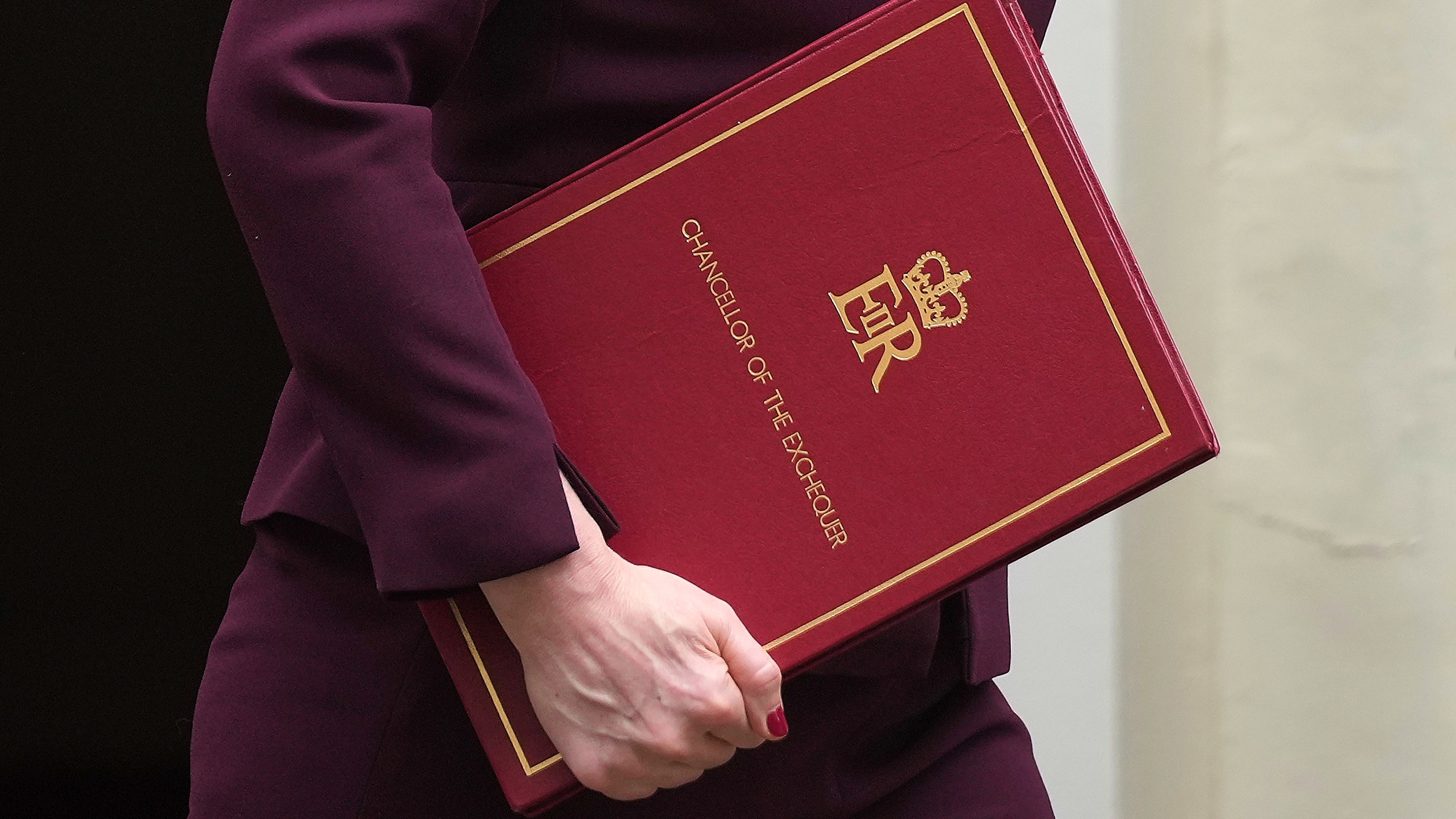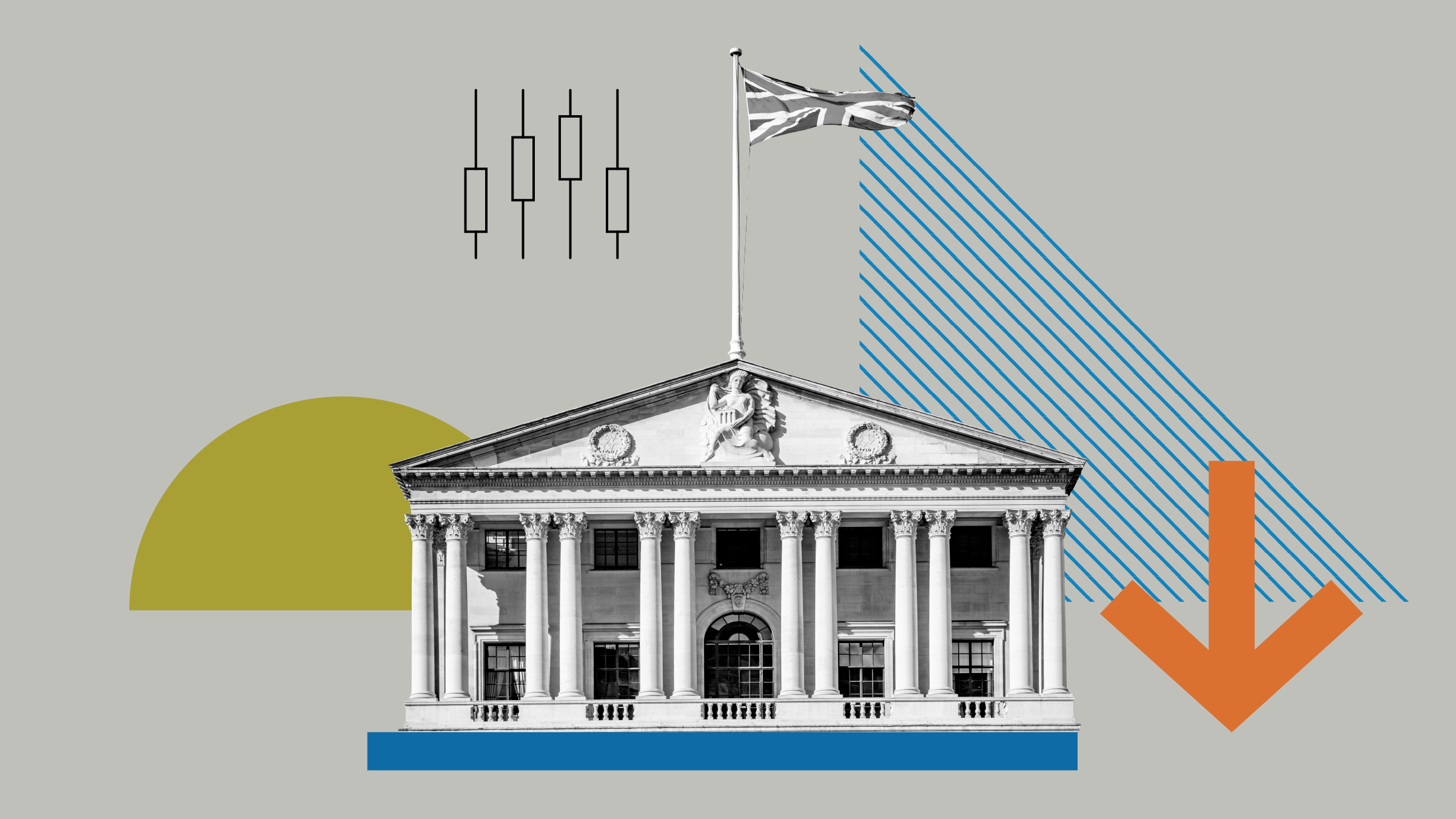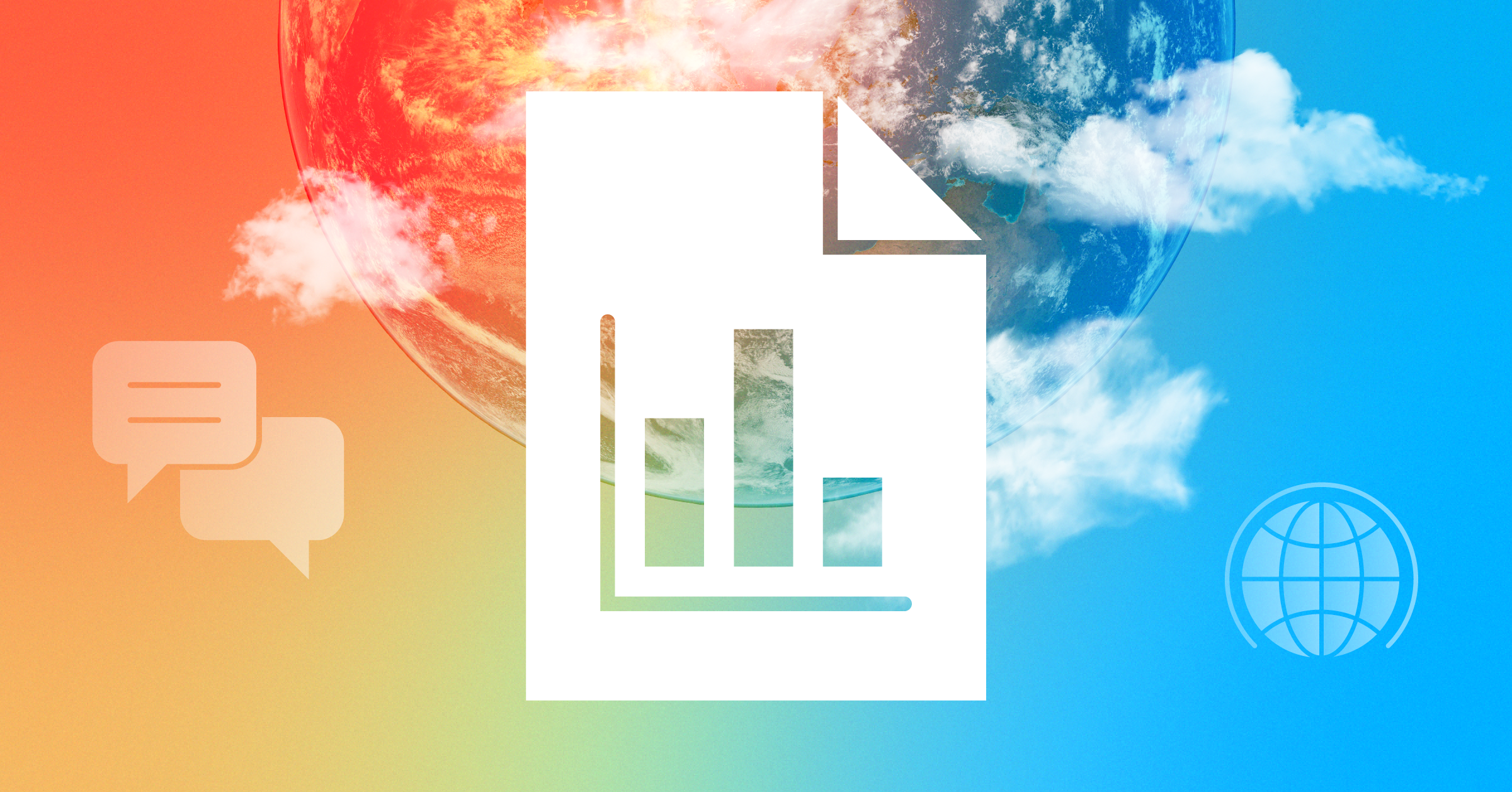
Morningstar equity analysts have upgraded their fair value estimate for BP (BP.) to £5 from £4.75 after positive full-year 2017 results and higher short-term oil and gas price forecasts.
The settlement reached with the U.S. federal government and Gulf states in 2016 was a major step for BP in putting the 2010 Deepwater Horizon accident behind it. While BP remains on the hook for $23 billion, to be paid over the next 17 years, the recognition of a reliable estimate for all remaining liabilities removes a key element of uncertainty for the company.
With outlays of about $3 billion due in 2018, $2 billion in 2019, and about $1 billion per year thereafter, BP should be able to meet its liabilities with proceeds from targeted asset sales of $2 billion-$3 billion per year, which we view as a rather low hurdle.
With that issue largely settled, BP is now turning its focus to positioning the company to compete in a world of lower oil prices. Its first step is to improve its cost structure and reduce its capital outlays so that it can cover its dividend at $50 per barrel of oil in 2018. Beyond then, we expect break-even levels to continue trending downward to below $50 by 2021.
BP has already realised cost reductions of $7 billion, or 20%, from 2014 levels, primarily in the upstream segment, where it reduced the workforce by a third. With the firm already one of the lower-cost producers of its peer group, the cost reductions will improve margins further.
Meanwhile, capital spending will fall to $15 billion-$17 billion on average from 2018, a sharp reduction from the peak in 2013 of nearly $25 billion. At this level, BP will continue to invest the least among the peer group for its level of production. However, it will continue to grow through a mix of projects already under construction or nearing completion and those that have qualified for a final investment decision due to cost reduction.
In total, BP plans to add 800 thousand barrels of oil equivalent of new gross production capacity by 2020, 85% of which is at least under construction. With these new volumes sporting margins 35% higher than the existing portfolio, BP’s upstream margin should improve further over time.




























